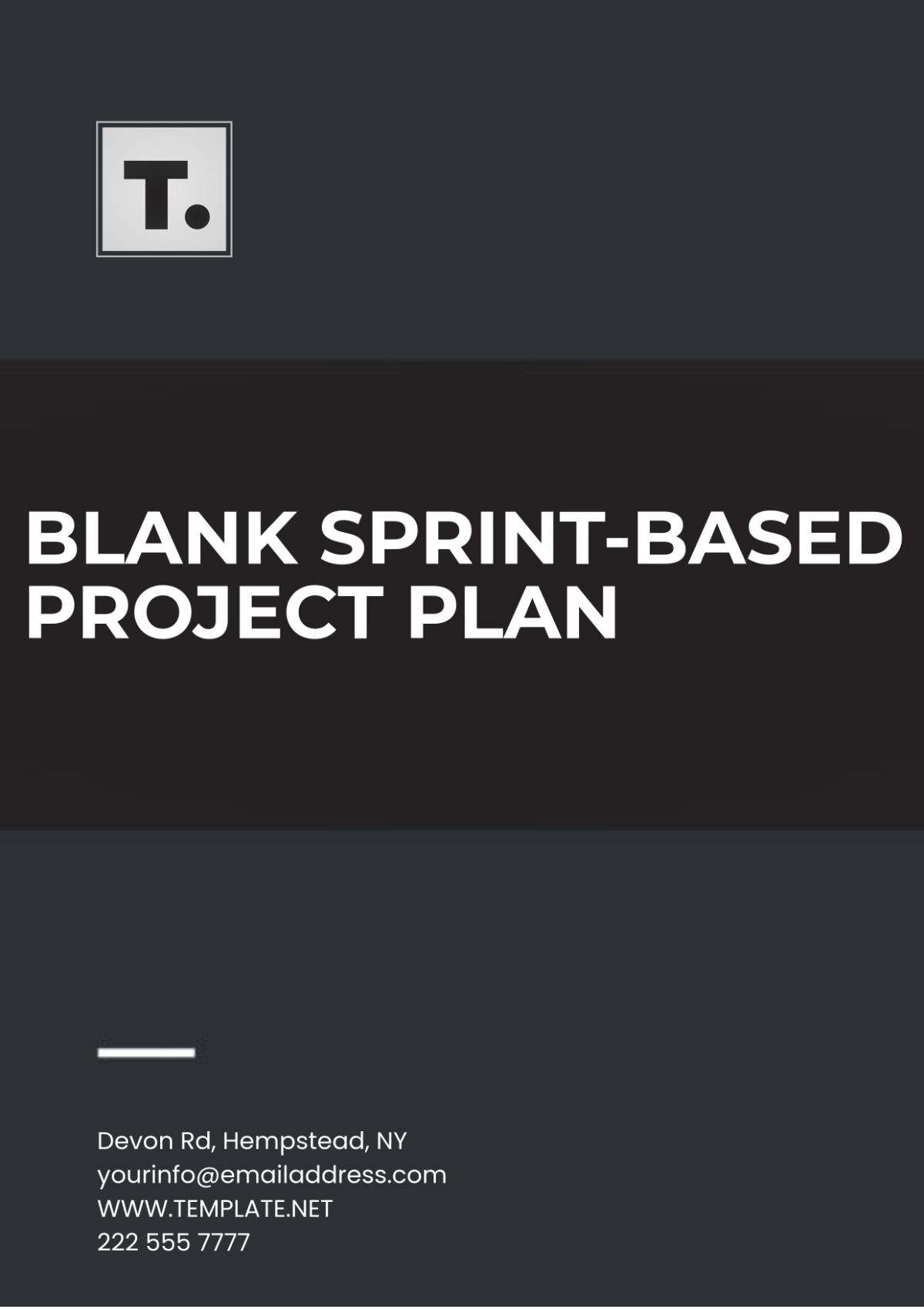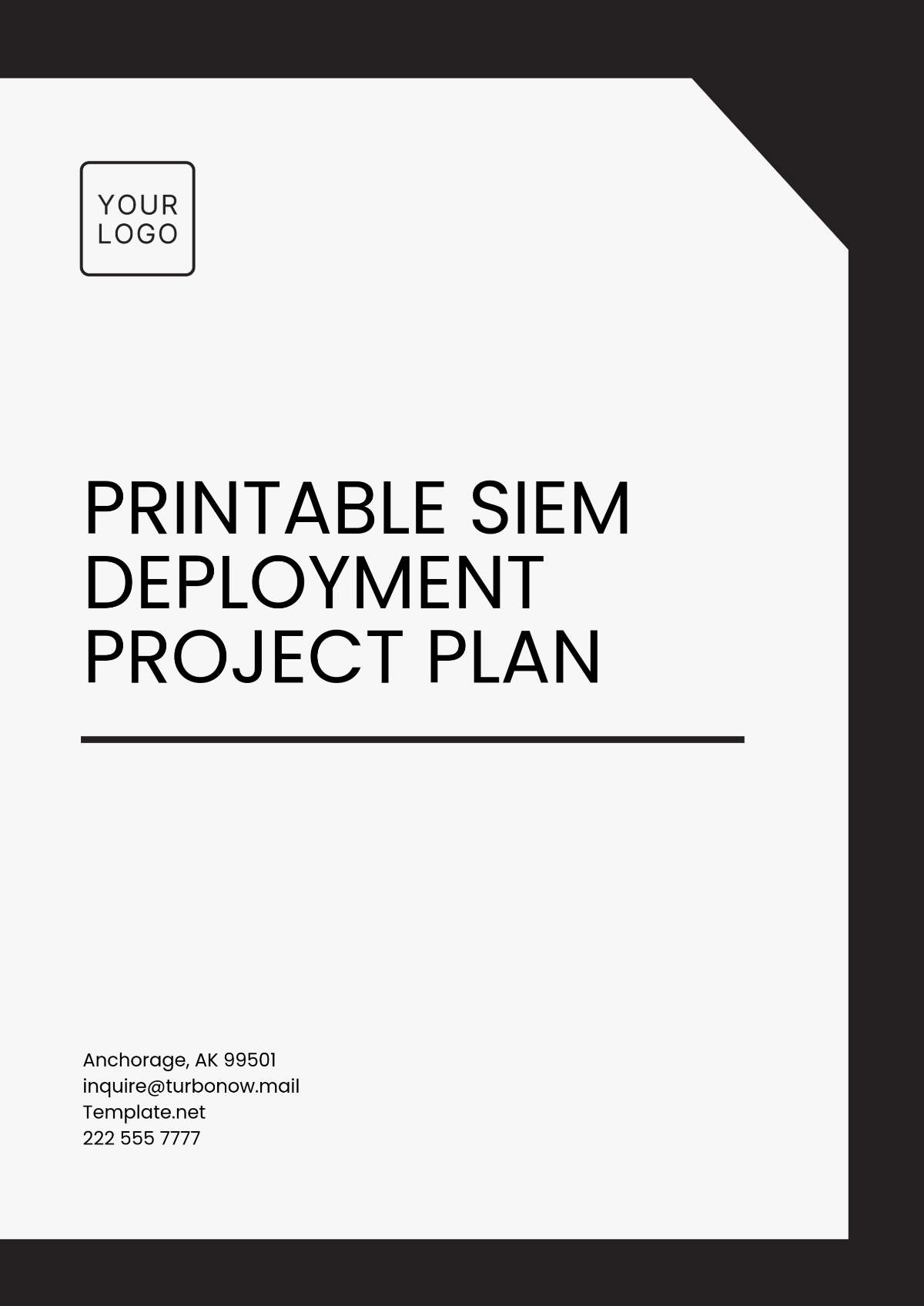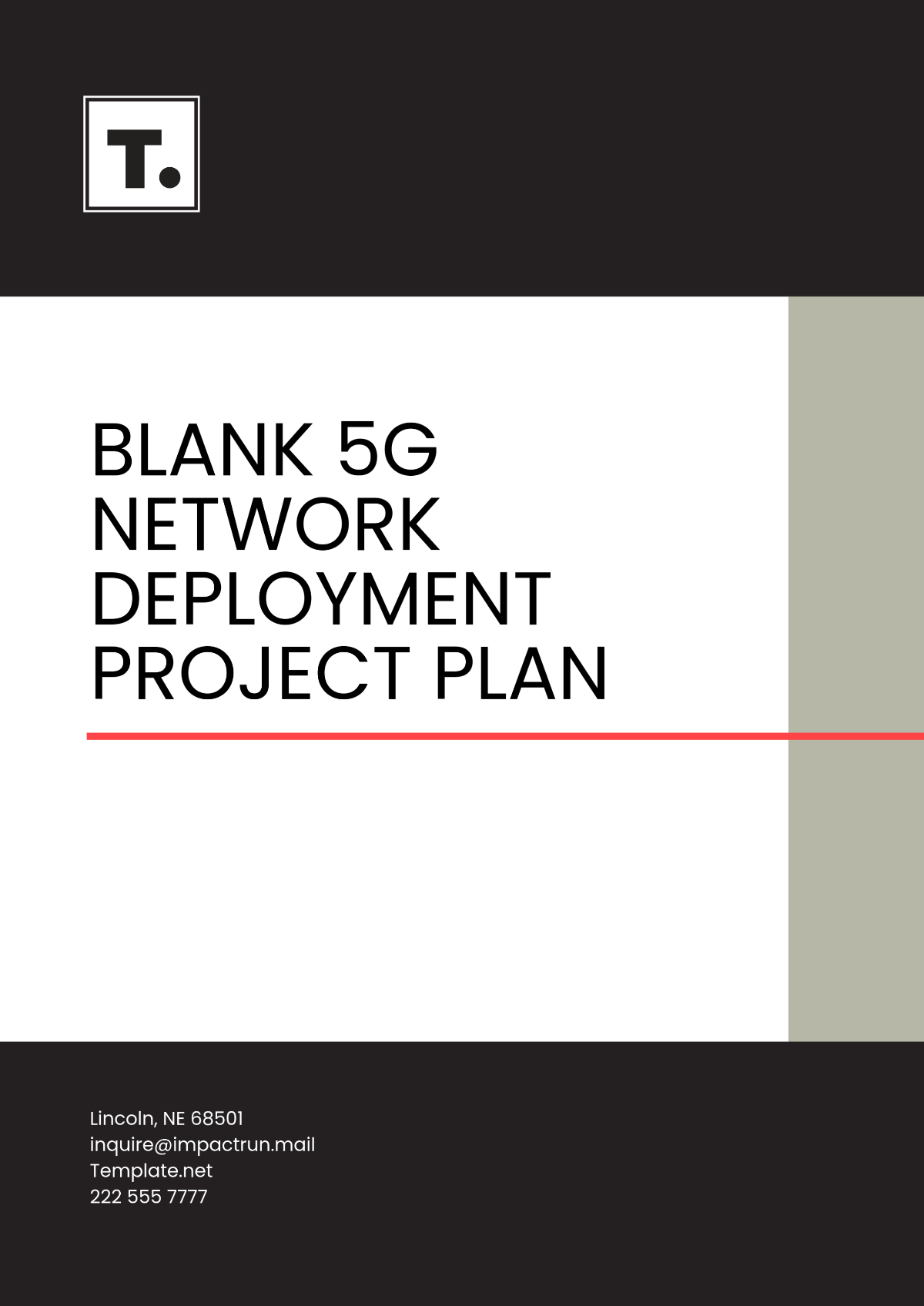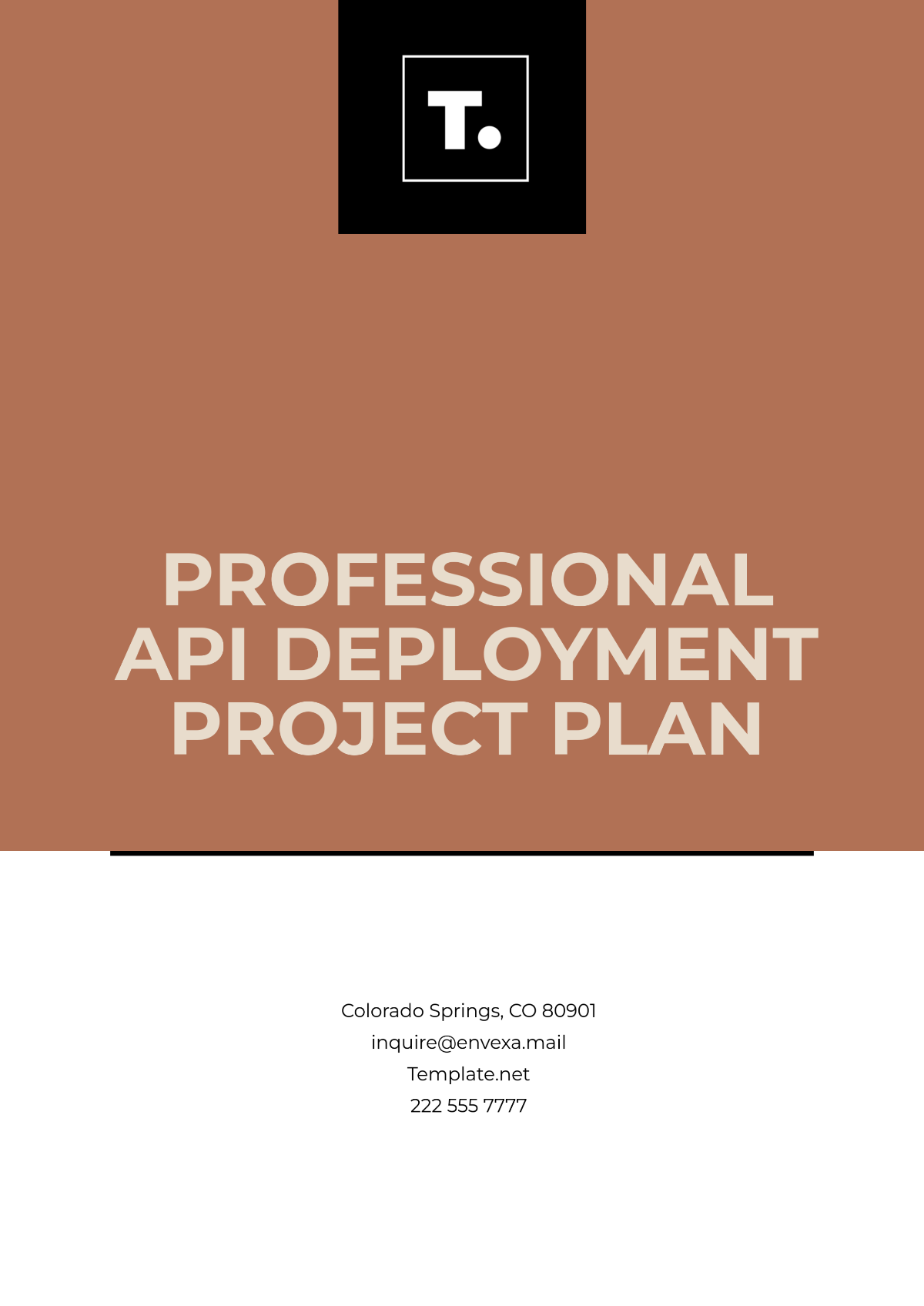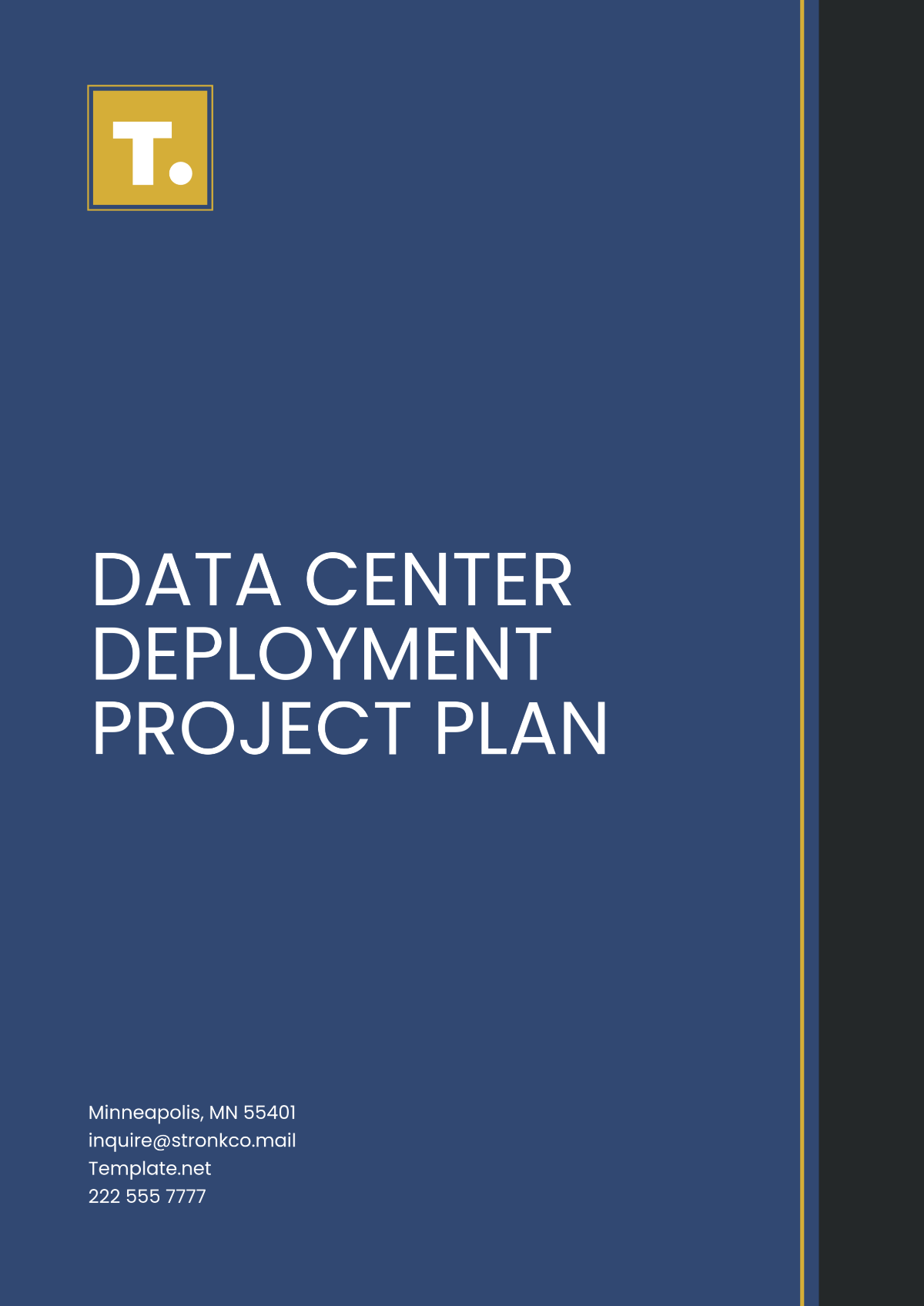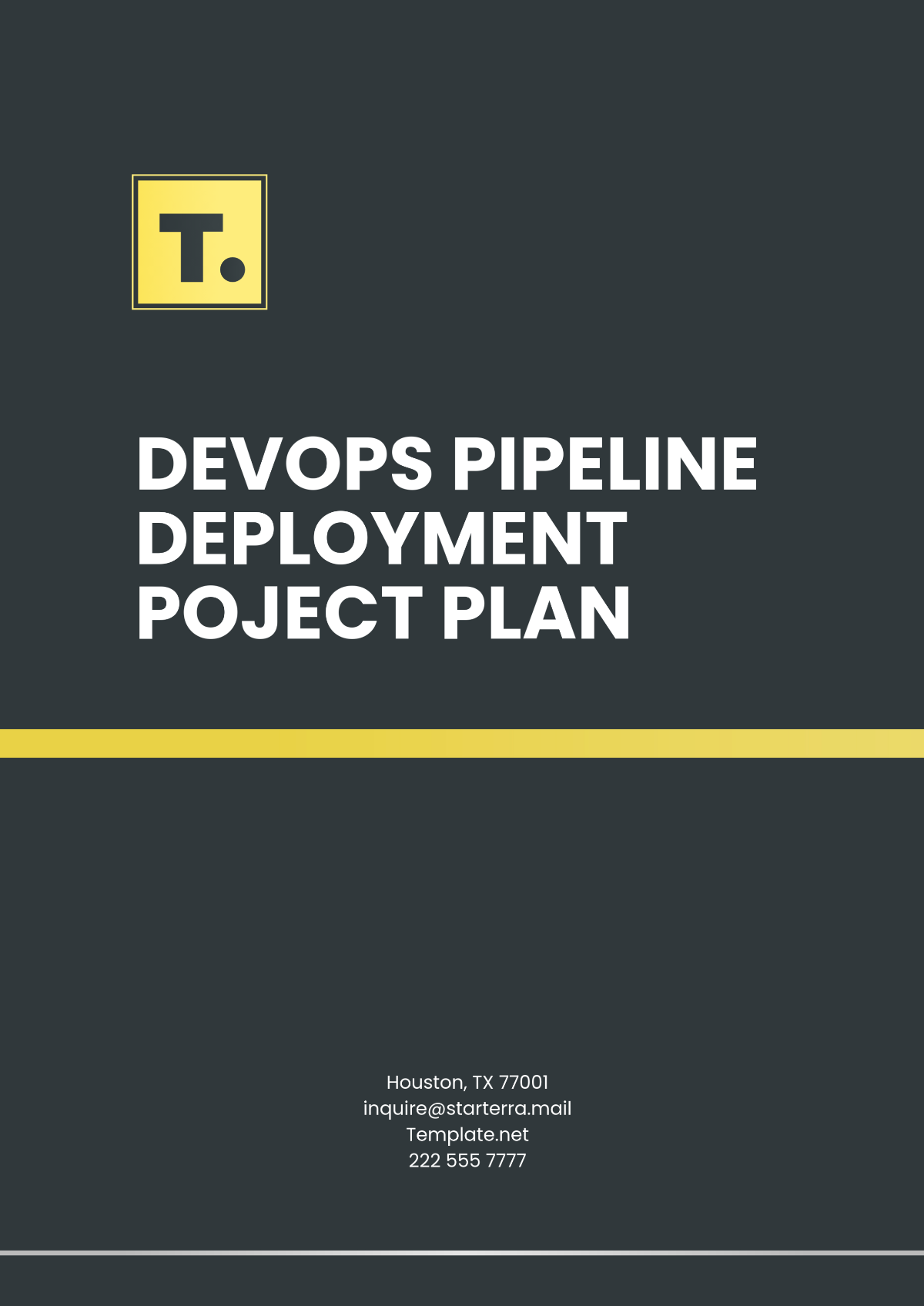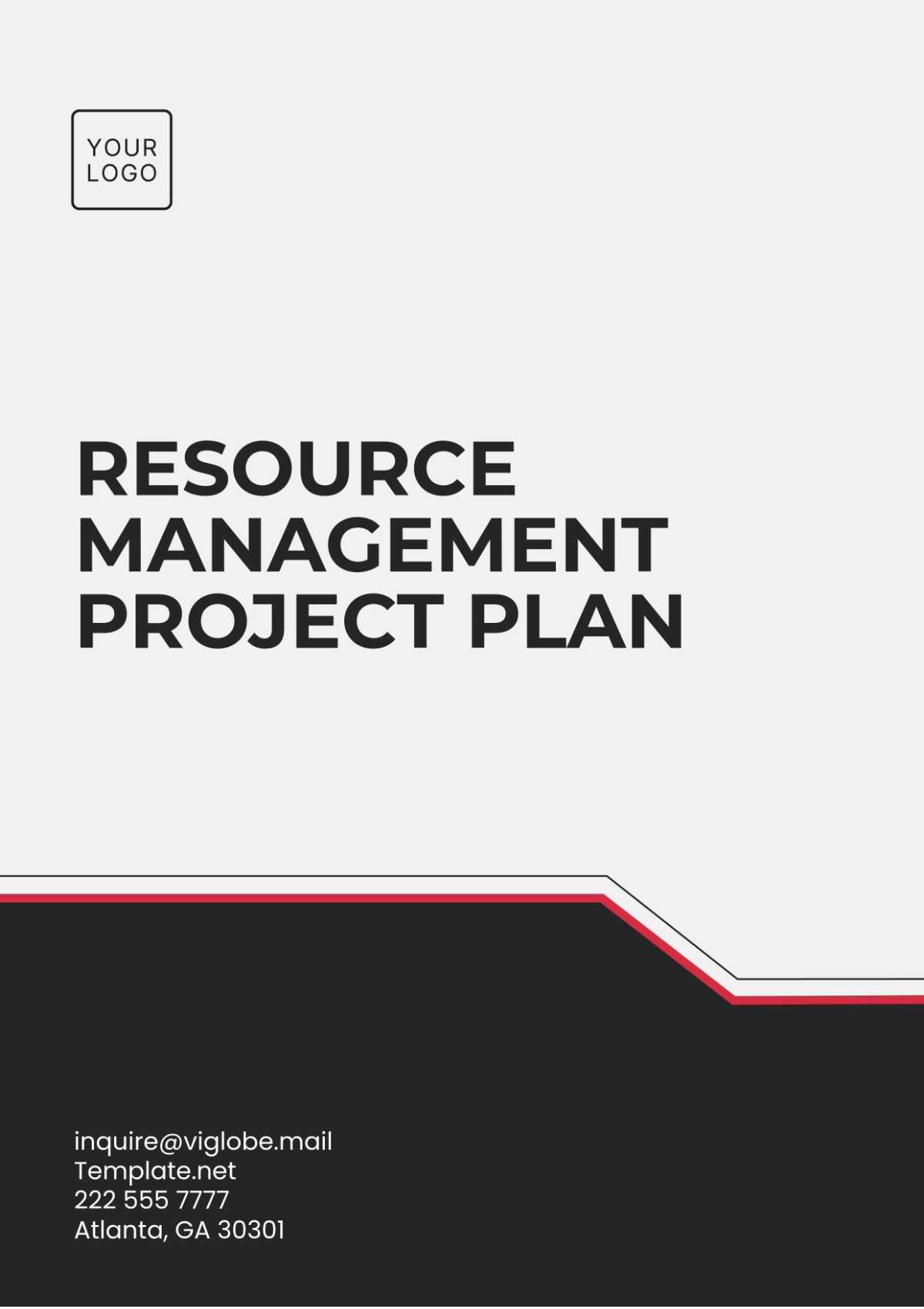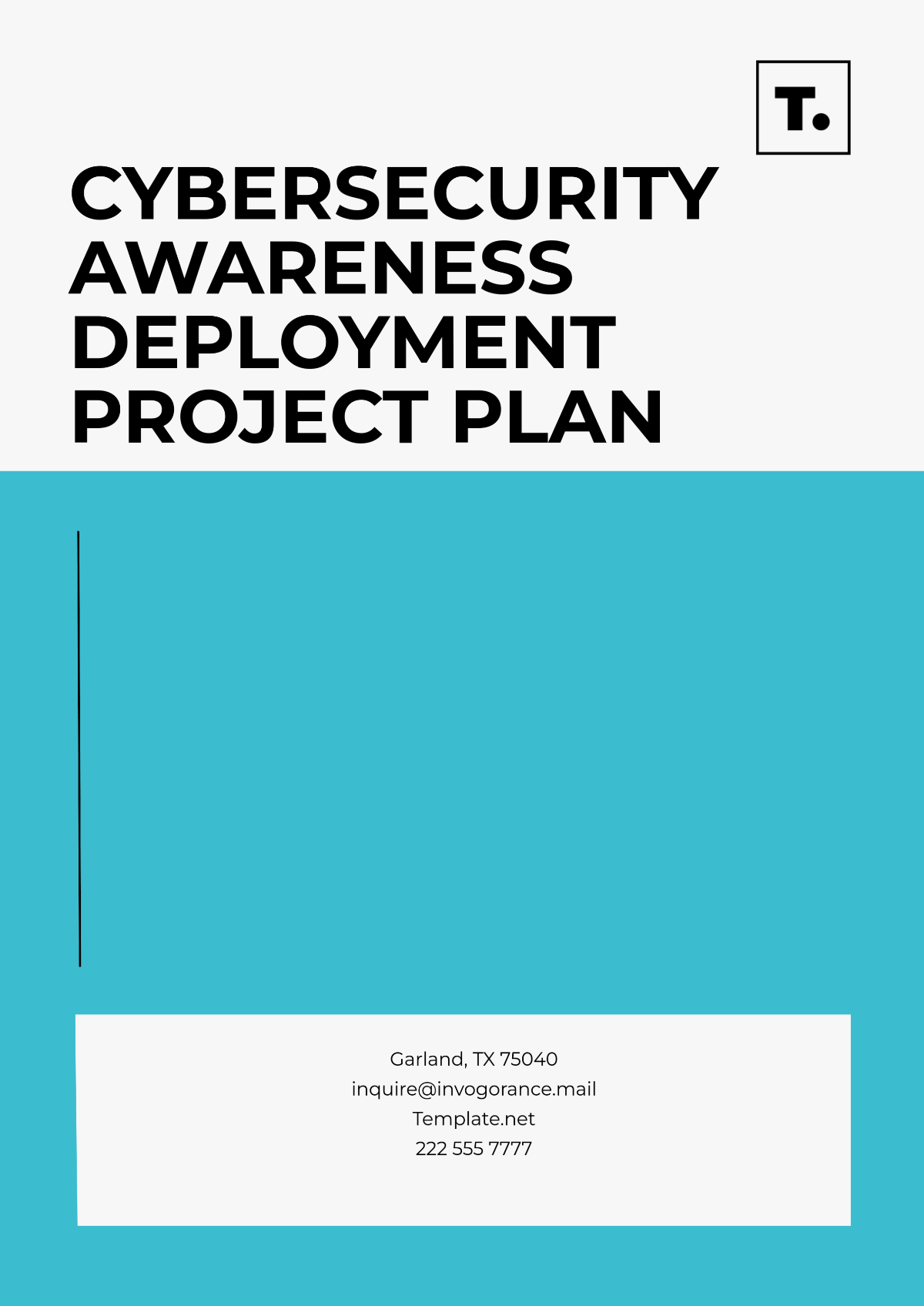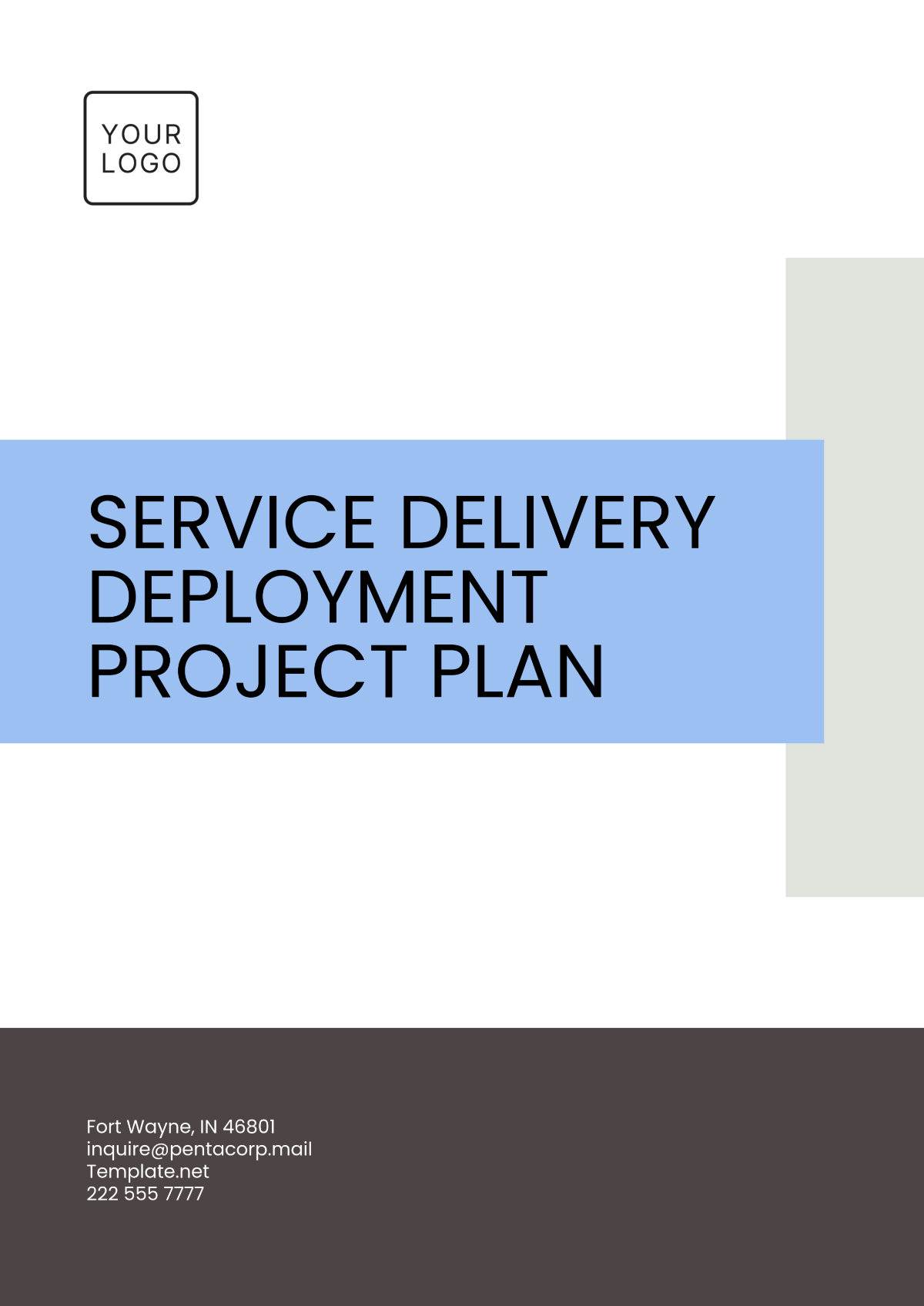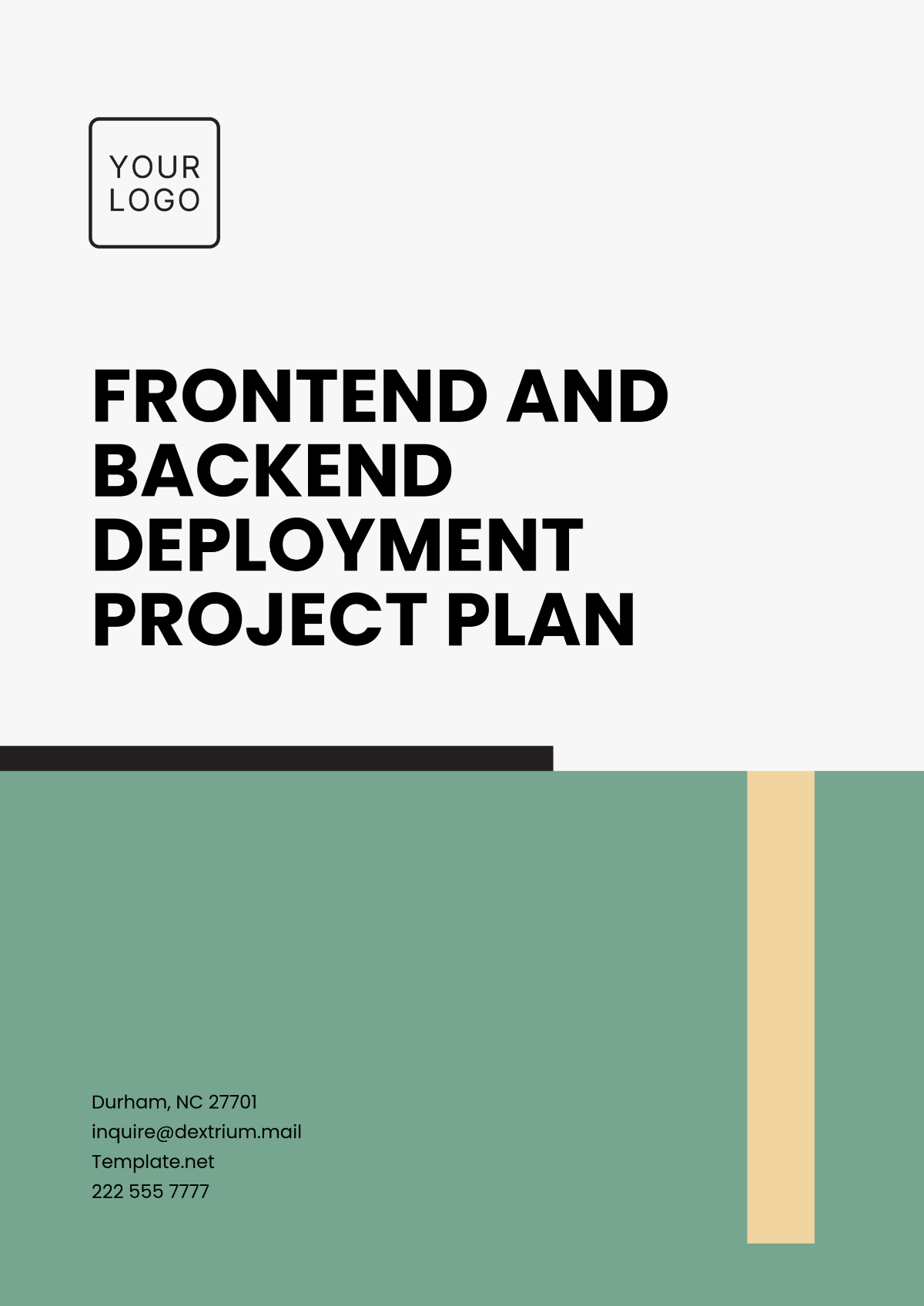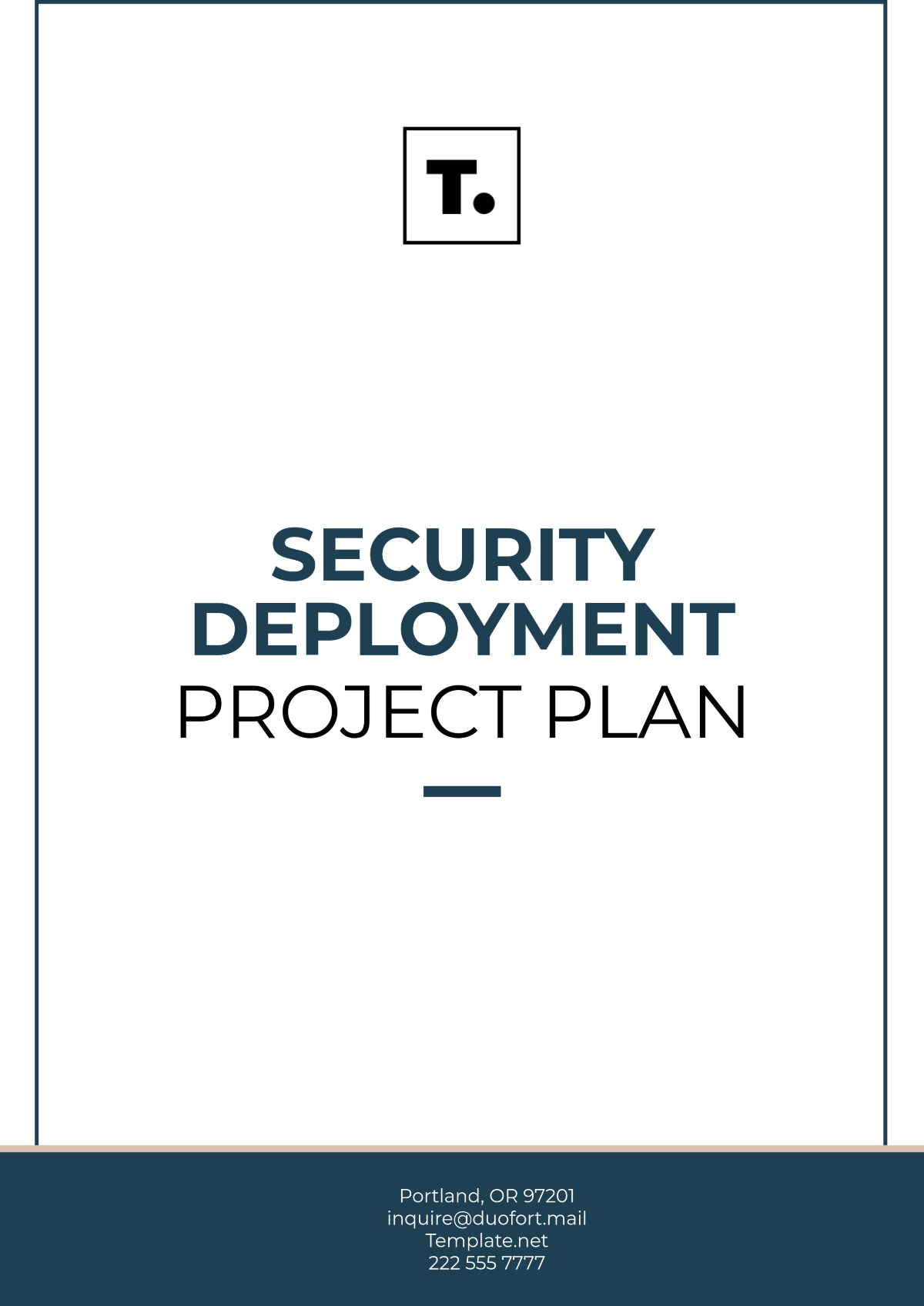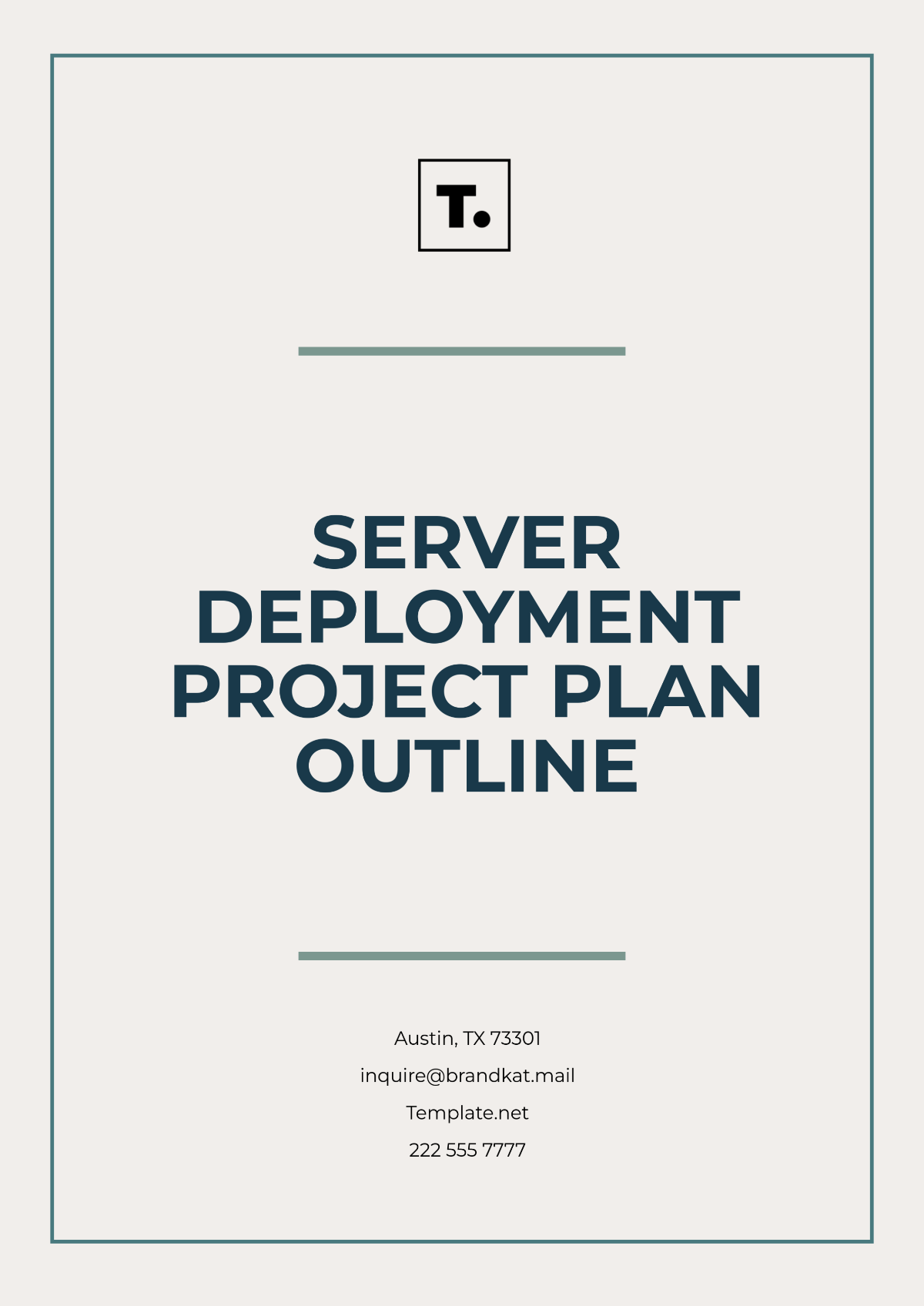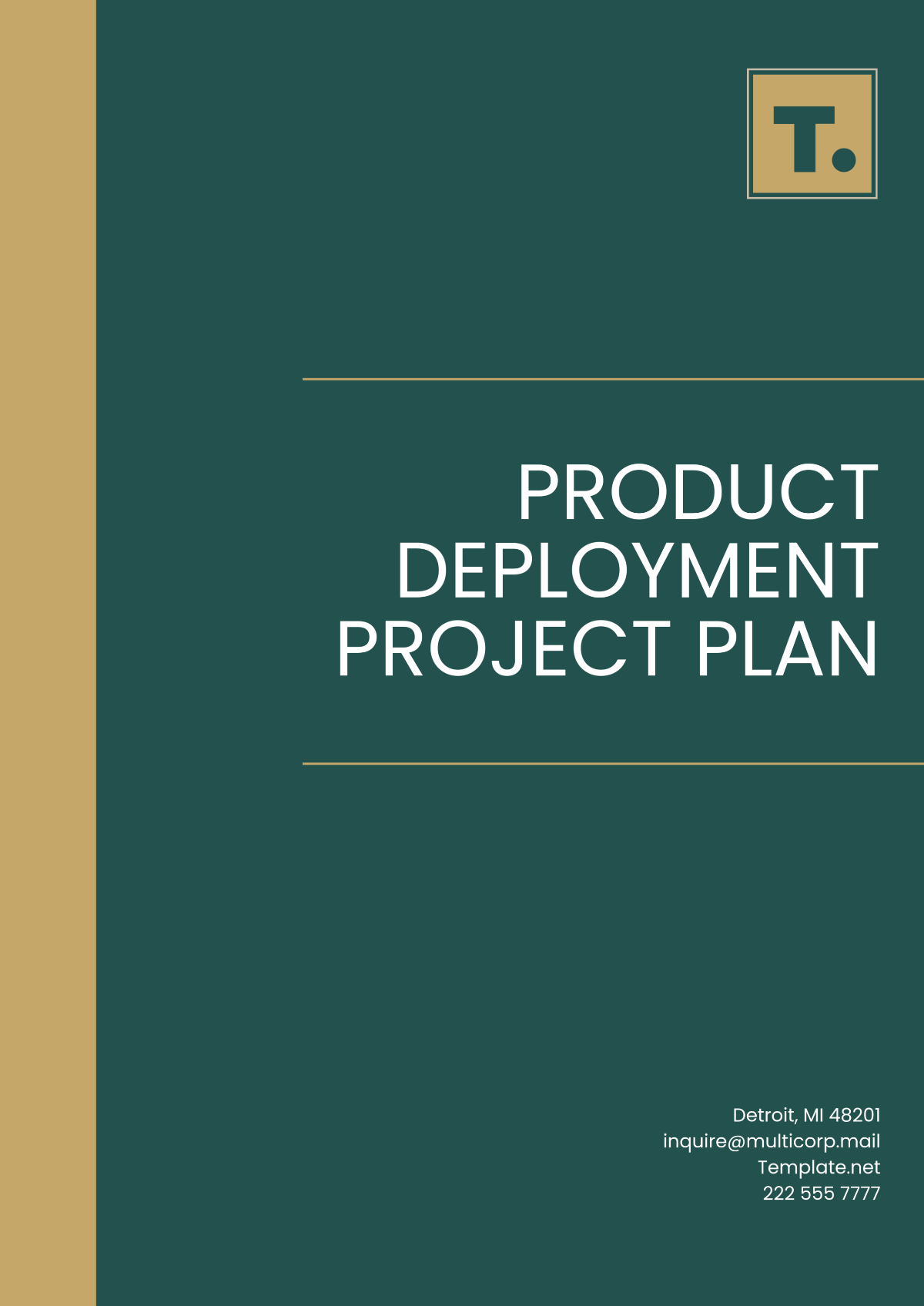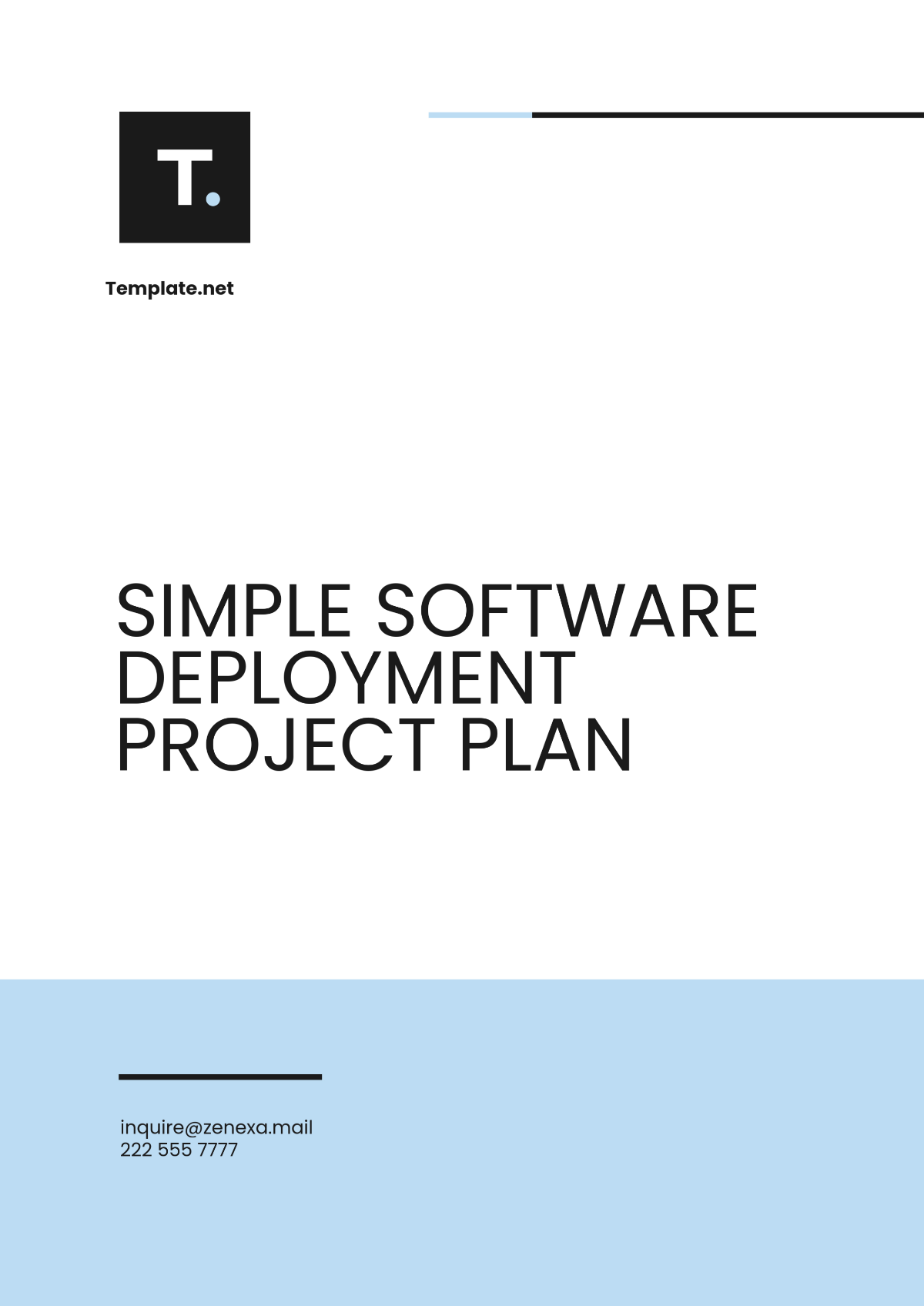Free Weekly Project Plan Template
Weekly Project Plan
Created by: [YOUR NAME]
Contact Email: [YOUR EMAIL]
Prepared by | [YOUR NAME] |
Company Name | [YOUR COMPANY NAME] |
Address | [YOUR COMPANY ADDRESS] |
[YOUR COMPANY EMAIL] | |
Phone Number | [YOUR COMPANY NUMBER] |
Website | [YOUR COMPANY WEBSITE] |
Social Media | [YOUR COMPANY SOCIAL MEDIA] |
I. Introduction
The main goal of this weekly project plan is to meticulously break down tasks, deadlines, and milestones for each day of the week. By doing so, it aims to establish a well-organized workflow and ensure the timely completion of project deliverables.
II. Weekly Schedule
The weekly schedule is designed to offer a detailed summary that encompasses the various tasks, deadlines, and significant milestones scheduled for each day of the week.
Day | Tasks | Deadlines | Milestones |
Monday | Task 1: Initiate Project Kickoff | End of Day | Kickoff Completed |
Task 2: Team Meeting | End of Day | ||
Tuesday | Task 1: Requirement Gathering | End of Day | Requirements Finalized |
Task 2: Documentation | End of Day | ||
Wednesday | Task 1: Initial Design Mockups | End of Day | Design Review |
Task 2: Client Feedback | End of Day | ||
Thursday | Task 1: Development Start | End of Day | Codebase Setup |
Task 2: Code Review | End of Day | ||
Friday | Task 1: Mid-Week Progress Review | End of Day | First Sprint Completed |
Task 2: Sprint Planning | End of Day | ||
Saturday | Review and Adjust Plan | End of Day | Weekly Review |
Sunday | Rest & Refresh | End of Day |
III. Task Breakdown
The following table provides a detailed breakdown of tasks, assigned team members, and expected timelines.
Task | Description | Assigned To | Start Date | End Date | Status |
Task 1 | [Description of Task 1] | [Assigned Team Member] | [Start Date] | [End Date] | [Status] |
Task 2 | [Description of Task 2] | [Assigned Team Member] | [Start Date] | [End Date] | [Status] |
Task 3 | [Description of Task 3] | [Assigned Team Member] | [Start Date] | [End Date] | [Status] |
IV. Risks and Mitigations
A. Risks
Task Delays: There's a risk of tasks not being completed on time due to unforeseen circumstances or unexpected challenges.
Scope Creep: There's a risk of the project scope expanding beyond its original boundaries, leading to increased workload and potential delays.
Resource Allocation Conflicts: Conflicts may arise regarding the allocation of resources, such as manpower, budget, or equipment, which can hinder progress.
B. Mitigations
Regular Progress Meetings: Schedule regular meetings to review project progress, identify potential delays early on, and take corrective actions promptly.
Clear Task Definitions and Deadlines: Clearly define each task's scope, objectives, and deadlines at the beginning of the project to minimize misunderstandings and ensure accountability.
Effective Communication Channels: Establish efficient communication channels to ensure smooth information exchange among team members and stakeholders, keeping everyone updated promptly and reducing conflicts and misunderstandings.
V. Contingency Plan
A. Risk Response Strategies
Task Delays:
Implement a buffer time in the project schedule to accommodate unexpected delays.
Prioritize tasks and allocate additional resources if necessary to catch up on lost time.
Communicate revised timelines with stakeholders to manage expectations effectively.
Scope Creep:
Conduct regular scope reviews to ensure alignment with project objectives.
Document and review any proposed changes to the project scope, assessing their impact on timelines and resources.
Seek approval from stakeholders before incorporating any changes to the project scope.
Resource Allocation Conflicts:
Utilize resource management tools to track resource availability and resolve conflicts proactively.
Foster a collaborative environment where team members openly communicate their resource needs and constraints.
Involve project sponsors or higher management in resolving resource allocation conflicts if necessary.
B. Contingency Measures
Task Delays:
Identify alternative approaches or workarounds to mitigate the impact of delays on critical project milestones.
Allocate additional resources or extend work hours to expedite task completion if feasible.
Adjust project priorities to focus on high-impact tasks to minimize the overall impact of delays.
Scope Creep:
Document all changes to the project scope and assess their potential impact on project timelines and resources.
Implement a formal change management process to evaluate and approve scope changes.
Allocate contingency funds or resources to accommodate approved scope changes without jeopardizing project deliverables.
Resource Allocation Conflicts:
Facilitate discussions among project stakeholders to resolve resource allocation conflicts through consensus.
Identify backup resources or external vendors that can be tapped into in case of resource shortages.
Review and adjust the project schedule to redistribute workload and optimize resource utilization if conflicts persist.
VI. Monitoring and Control
A. Progress Tracking
Task Monitoring: Regularly monitor task progress against predefined milestones and deadlines.
Issue Tracking: Maintain a log of any issues or roadblocks encountered during project execution and track their resolution status.
Resource Utilization: Monitor resource allocation and utilization to ensure optimal use of available resources and identify any potential bottlenecks.
B. Change Management
Change Request Process: Implement a formal change request process to evaluate and approve any proposed changes to the project scope, schedule, or budget.
Impact Assessment: Assess the impact of proposed changes on project objectives, timelines, and resources before approving or rejecting them.
Documentation: Maintain comprehensive documentation of all approved changes, including the rationale behind each change and its impact on the project.
C. Communication Plan
Stakeholder Communication: Maintain regular communication with project stakeholders to keep them informed of project progress, issues, and changes.
Status Reports: Provide regular status reports to stakeholders, highlighting key achievements, milestones, and upcoming activities.
Escalation Procedure: Define an escalation procedure for addressing any unresolved issues or conflicts that require intervention from higher management.
VII. Conclusion
By implementing proactive risk management strategies and establishing effective monitoring and control mechanisms, we aim to minimize the impact of potential risks and deviations from the project plan. Regular communication, diligent tracking of progress, and timely intervention will ensure that the project stays on course and achieves its objectives within the stipulated timeframe and budget.
Thank you for adopting our Weekly Project Plan, which facilitates efficient task management and aids in achieving project objectives. Your dedication is key to ensuring project success.














